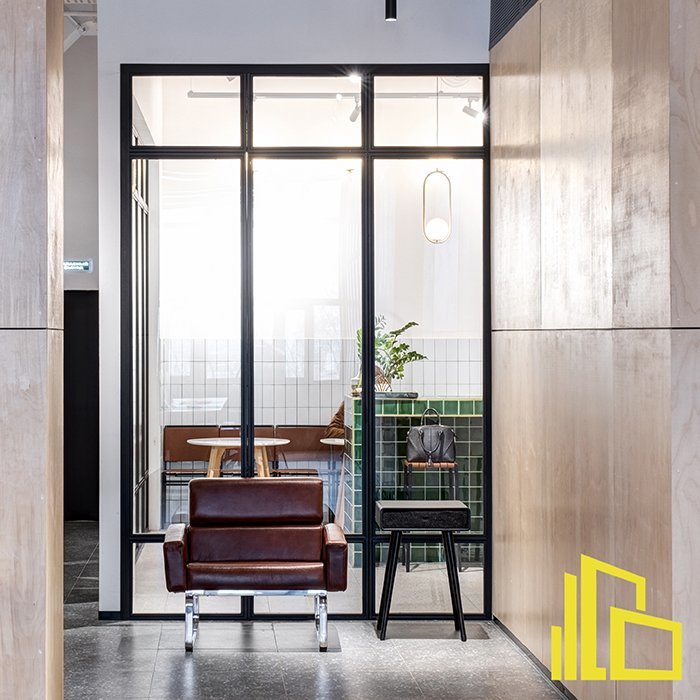Window designs are silent gurus that seamlessly blend functionality and aesthetics. With the myriad of options three distinct players pivot windows, fixed frames, and side-hung windows occupy the center of the stage, each sporting distinct and unique characteristics. These aren’t just windows; they are portals to a world where design meets creativity, and fashion goes along with practicality.
Pivot windows are generally regarded as the most modern window designs. They feature a unique method of opening and shutting. Unlike traditional sliding or casement windows, pivot windows move around the central axis, bringing a stylish and contemporary look to any space. The rotating movement permits flexibility in the control of ventilation, making them an ideal option for people who are looking for an equilibrium between design and function.

The attractiveness of pivot windows lies in the ability they provide to create an accent point in the room. They are a wonderful method to bring sophistication and modernity to any room no matter if it’s a family room with a panoramic view or bedroom. The modern design of pivot windows and their subtle functionality makes them popular with homeowners and architects who want to create a statement in their homes. More information at Sidohängt
Exploring Fixed Frame Windows:
The fixed frame window however, has a completely distinct look. They provide a enduring feel, allowing for uninterrupted view and for natural light to enter the room. The key characteristic of fixed frame windows is their inability to move – they don’t open. It may appear to be a limitation, but it serves a purpose in places where durability, security, as well as energy efficiency are top requirements.
Fixe frame windows excel in rooms where maximising the amount of daylight is crucial without compromise on security. Their strength is enhanced by the absence of moving parts, which makes windows more durable and resistant to wear. They’re energy-efficient and can help maintain a comfortable climate at home by reducing heat loss and gain.
Side-hung windows offer a contemporary Design:
The side-hung window provides an element of traditional to the design. With one side hinged and capable of swinging open like doors, these windows aren’t only functional but also bring timeless look to any decor. Side-hung windows are a great choice in areas where accessibility is a major concern or where a unique style of ventilation is desired.
A side-hung window’s swinging mechanism allows it to be cleaned and maintain. This is a good alternative for rooms with limited access. Side-hung windows’ ability to open wide allows for an excellent air circulation. This makes them the ideal choice for kitchens, bathroom or any other area where fresh air is important.
Finding the Perfect Window to suit your needs
In the end, the choice between the side-hung and pivot windows is based on personal preferences and needs of the homeowner and architect. The pivot window can be a chic and innovative choice for people who want to look modern. Fixed frame windows are an excellent option if durability and security, and energy efficiency are top priorities. A side-hung window will appeal to those who enjoy a little tradition, but want practicality and utility for their homes.
Conclusion Windows are more than simply openings that let you to see the world outside. They also function as designs that can transform an interior. The pivot, fixed frame, and side-hung designs described here demonstrate the varied selection of choices each with its own benefits as well as aesthetic appeal. There’s a style of window that is perfect for you, regardless of whether you’re looking for an impressive fashion statement, want to be durable or prefer a traditional look.

